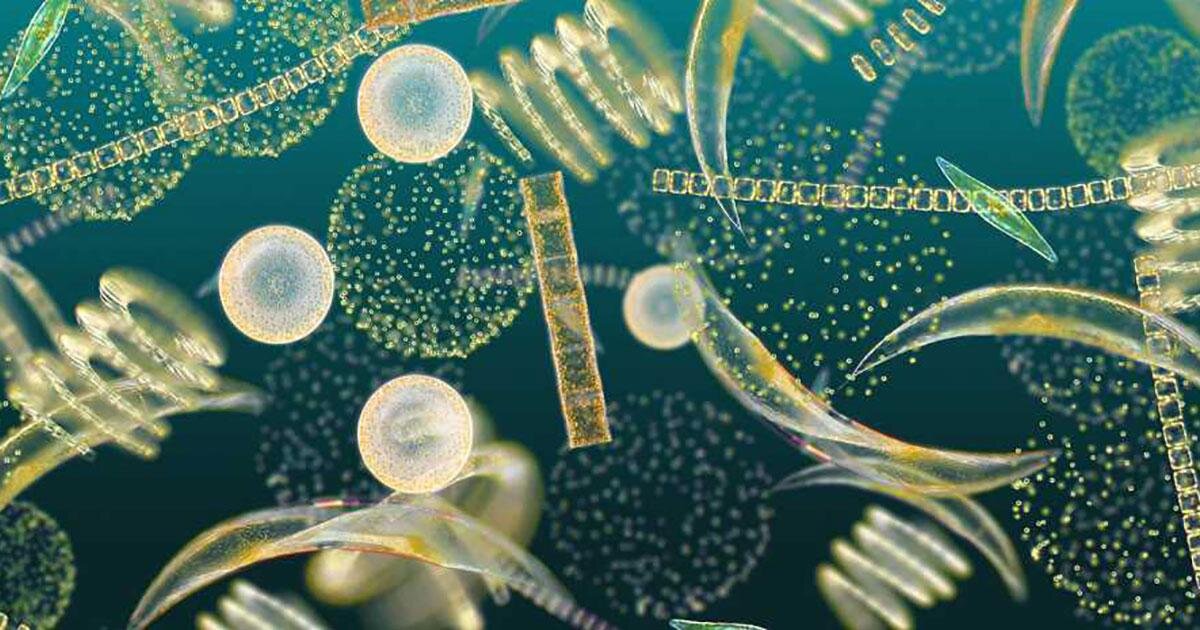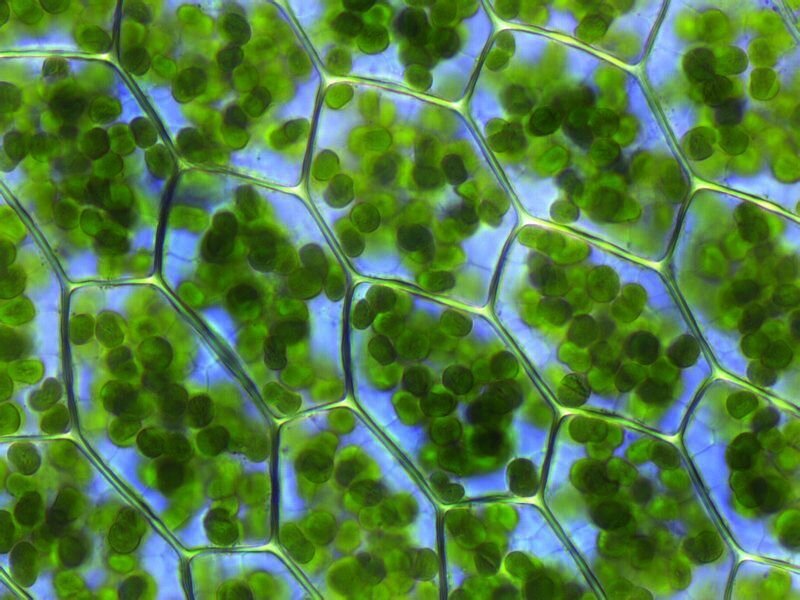Biodiversity & Environment
Phytoplankton Biomass in Bay of Bengal
- 16 Sep 2020
- 4 min read
A team of scientists from the Indian National Centre for Ocean Information Services (INCOIS) have discovered a way to measure the quantity of chlorophyll-a that indicates abundance of phytoplanktons in the Bay of Bengal in real-time.
Key Points
- Phytoplanktons: They are tiny microscopic floating plants found in water bodies.
- Study of phytoplankton biomass is done by analyzing chlorophyll-a, a dominant pigment found in phytoplankton cells.
- Significance of Phytoplanktons:
- They contribute more than half of the oxygen in the environment.
- They reduce global warming by absorbing human-induced carbon dioxide.
- They also serve as the base of the ocean food chain.
- They are important bioindicators regulating life in oceans. Their abundance determines the overall health of the ocean ecosystem.
- Study: The scientists closely tracked the long-term trends of chlorophyll-a in the northwestern Bay of Bengal.
- It was based on in-situ and satellite data spanning over the last 16 years, from January 2003 to December 2018.
- National Aeronautics and Space Administration (NASA)’s MODIS (Moderate Resolution Imaging Spectroradiometer), NASA’s VIIRS (Visible Infrared Imaging Radiometer Suite) sensor and Indian Space Research Organisation (ISRO)’s OCM-2 (Ocean Colour Monitor-2) were used for satellite data.
- Findings: There were two peaks of chlorophyll-a — the primary peak occurred during the pre-southwest monsoon due to the recurrent phytoplankton bloom in the coastal water and the secondary peak occurred during the end of the southwest monsoon, spreading to far offshore areas.
- Reasons: Along with increase in phytoplanktons, other reasons for peak in chlorophyll-a may be physical forces such as upwelling, wind-induced vertical mixing, convective overturn and chemicals from various sources including river runoff.
- Conclusions:
- Increased Nutrients and More Phytoplanktons: It reveals that the study area experienced maximum spatial variability during pre-southwest monsoon with salinity, and nutrients, the major controlling factors for the abundance and distribution of phytoplankton.
- Chances of Eutrophication: Increase in nutrients could tell an overall improved health status of the ecosystems as a whole; at the same time excessive phytoplanktons could be detrimental to ocean health because of eutrophication.
- Eutrophication: When a water body becomes overly enriched with minerals and nutrients which induce excessive growth of algae or algal bloom.
- This process also results in oxygen depletion of the water body affecting other aquatic animals.
- Chlorophyll is the major pigment used by plants for photosynthesis, the process by which light energy is converted to chemical energy through the synthesis of organic compounds.
- The word chlorophyll comes from two Greek words; Chloros which means green and phyllon which means leaf.
- There are four types of chlorophyll:
- Chlorophyll a, found in all higher plants, algae and cyanobacteria.
- Chlorophyll b, found in higher plants and green algae.
- Chlorophyll c, found in diatoms, dinoflagellates and brown algae; and
- Chlorophyll d, found only in red algae.
Way Forward
- This kind of information on marine environmental parameters is now becoming increasingly important as they serve as a basis for monitoring climate change, river discharge, and the impact of pollution in the ocean.
- The phytoplankton is largely dependent on light, temperature and nutrients. It is therefore, continuous monitoring of the ocean ecosystem is the need of the hour to devise mitigation systems to encounter disruption caused by algal bloom because of excessive phytoplankton enrichment in the coastal water.







